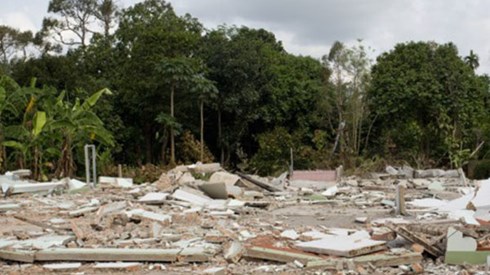JLT Re Reviews 2017 Natural Catastrophes and Reveals Potential Impacts for 2018

February 02, 2018

JLT Re's Natural Catastrophe Year in Review 2017 report examines catastrophes in 2017 and provides insights to help understand the future impact of such events in 2018 and beyond.
"JLT Re catastrophe specialists, engineers, and scientists covered the major catastrophe events of 2017 including: the U.S. wildfire and severe convective storm season; the 2017 Atlantic hurricane season, Cyclone Debbie; the Mexico City earthquake, and 2017 European and Asia natural catastrophe events," said Chris Zumbrum, catastrophe risk management services officer for JLT Re.
"Their professional opinions of leading research and trends will advance our on-going understanding of natural catastrophe risk and bolster more effective risk management and transfer for our clients. To further demonstrate our commitment to this, we recently had our experts on the ground in Northern and Southern California to assess the wildfire damage as well as in Puerto Rico to assess the damage from Maria," Mr. Zumbrum continued.
Josh Darr, senior vice president and lead meteorologist for JLT Re, went on to explain that "many questions are being asked about catastrophe risk management after multiple large catastrophe events across multiple perils. Research is well underway to affirm or augment our knowledge of tail catastrophe events."
"With regard to weather related catastrophe perils, many are asking if we are verifying published academic research regarding a changing climate, or if 2017 opens our viewpoint more broadly; and in the 2017 Natural Catastrophe Year in Review we set out to discuss these peril specific implications, and how to continue the conversation in 2018," Mr. Darr added.
The Natural Catastrophe Year in Review 2017 report also takes a look at population demographics in the context of growing exposure to peak perils against the evolving landscape of weather-driven catastrophes as well as earthquake risk and addresses the following questions.
- How much does population expansion away from the urban city zones elevate severe convective storm risk?
- How does flood and hurricane risk continue to grow for the industry with the large buildup of the insured values near coasts?
- How is the wildfire risk growing as people live in the wildland-urban interface?
February 02, 2018